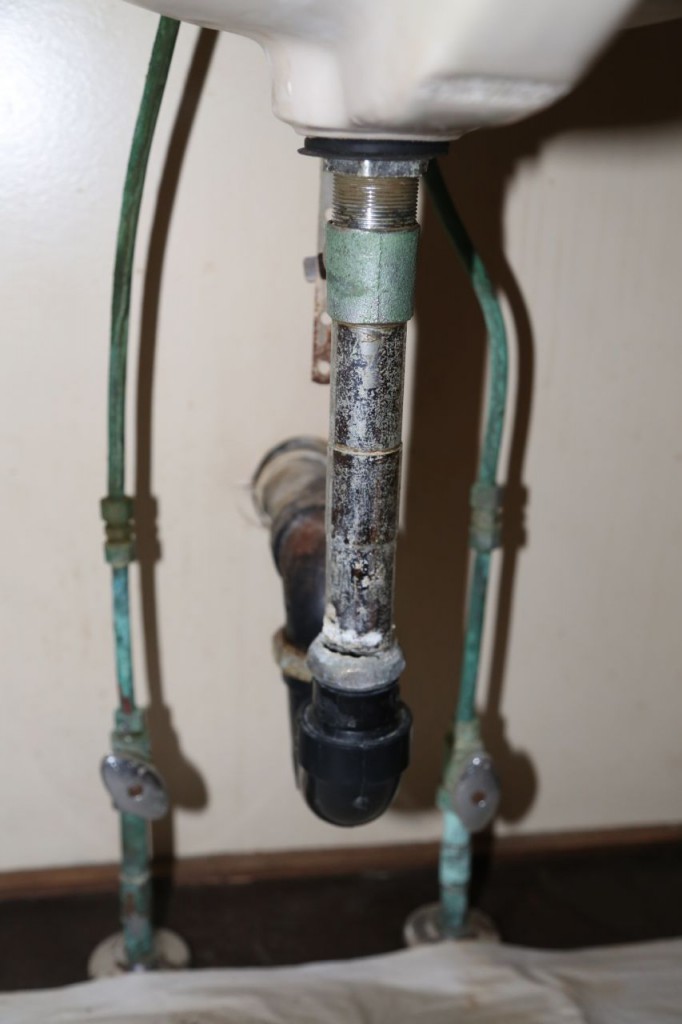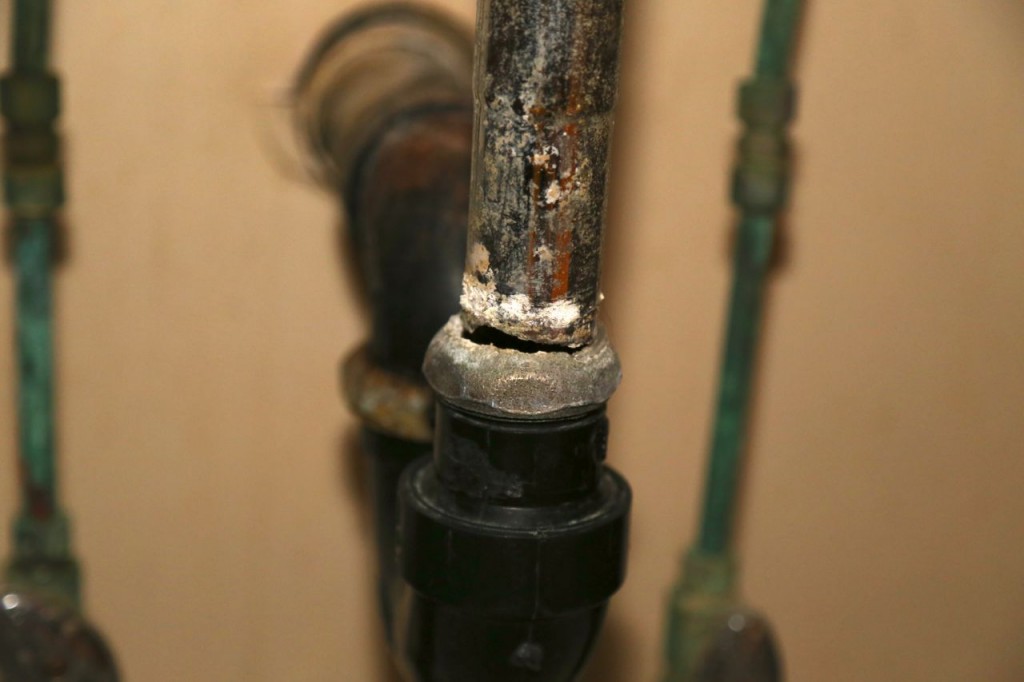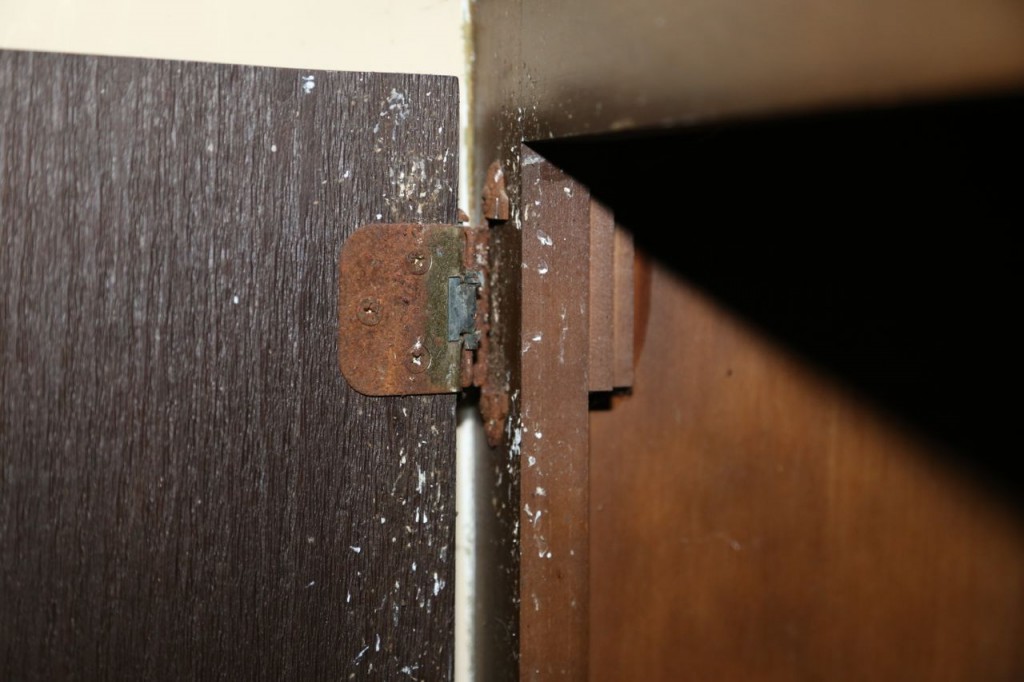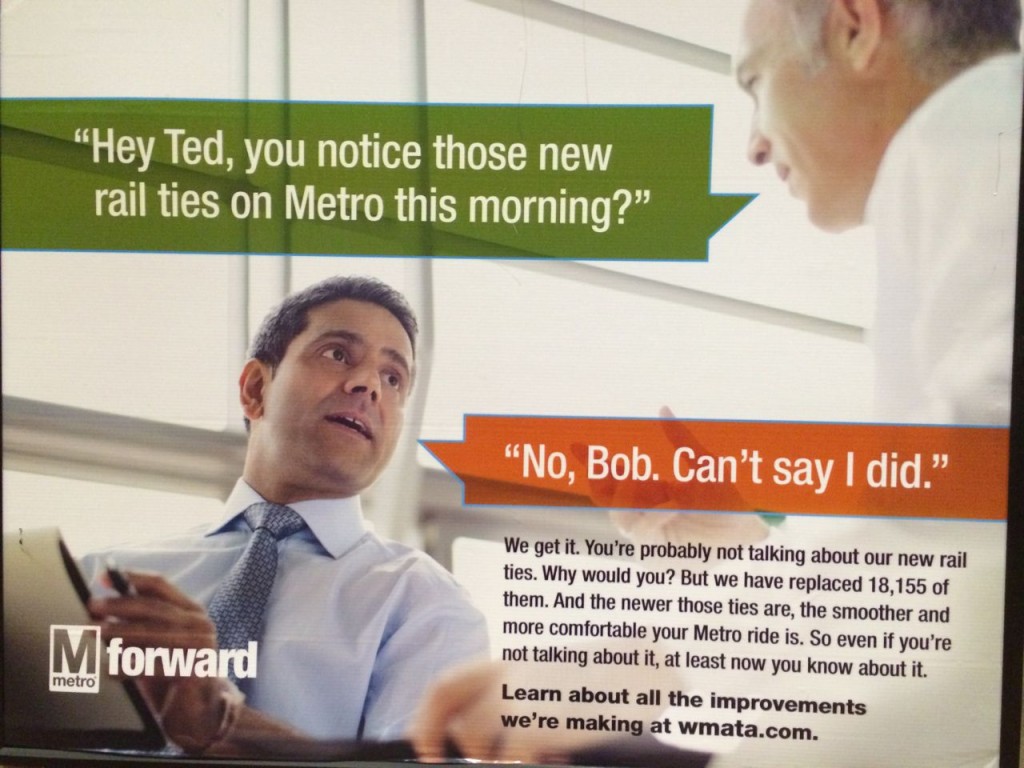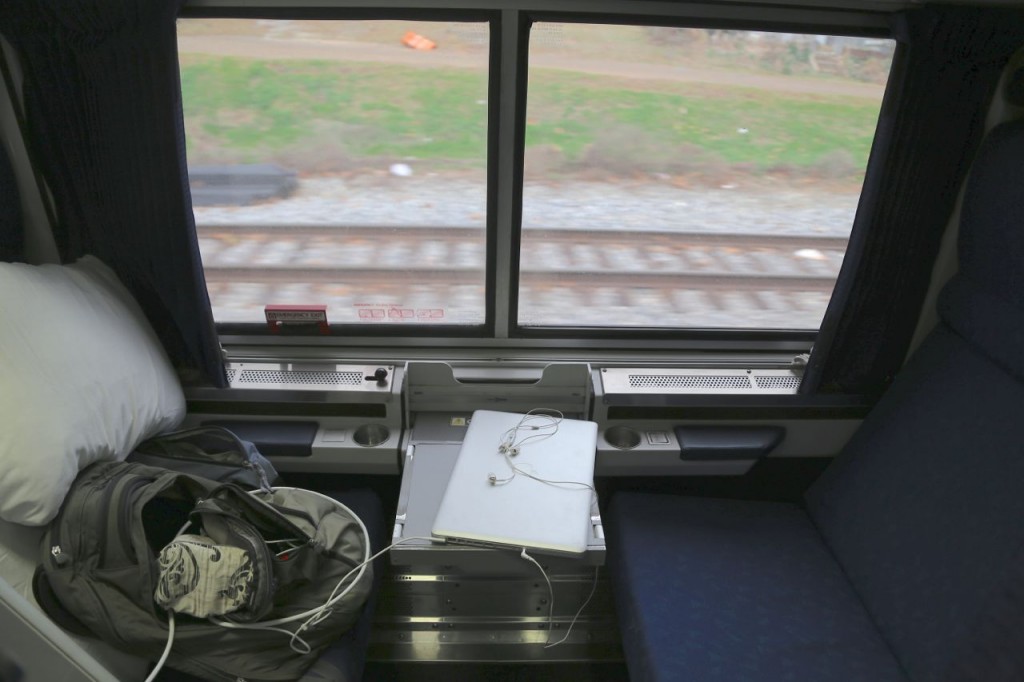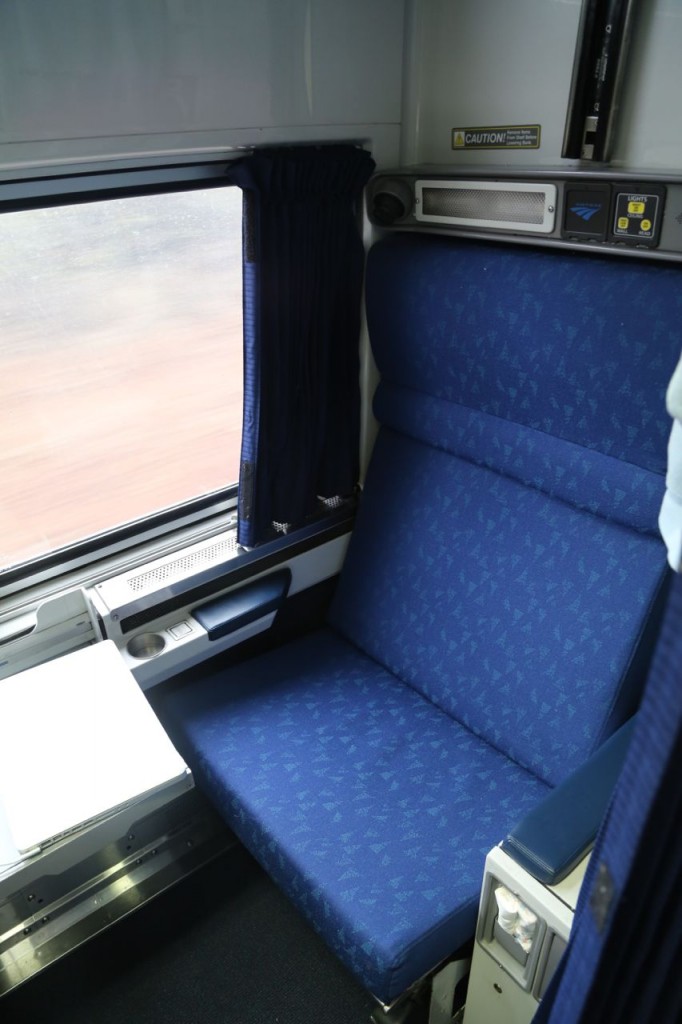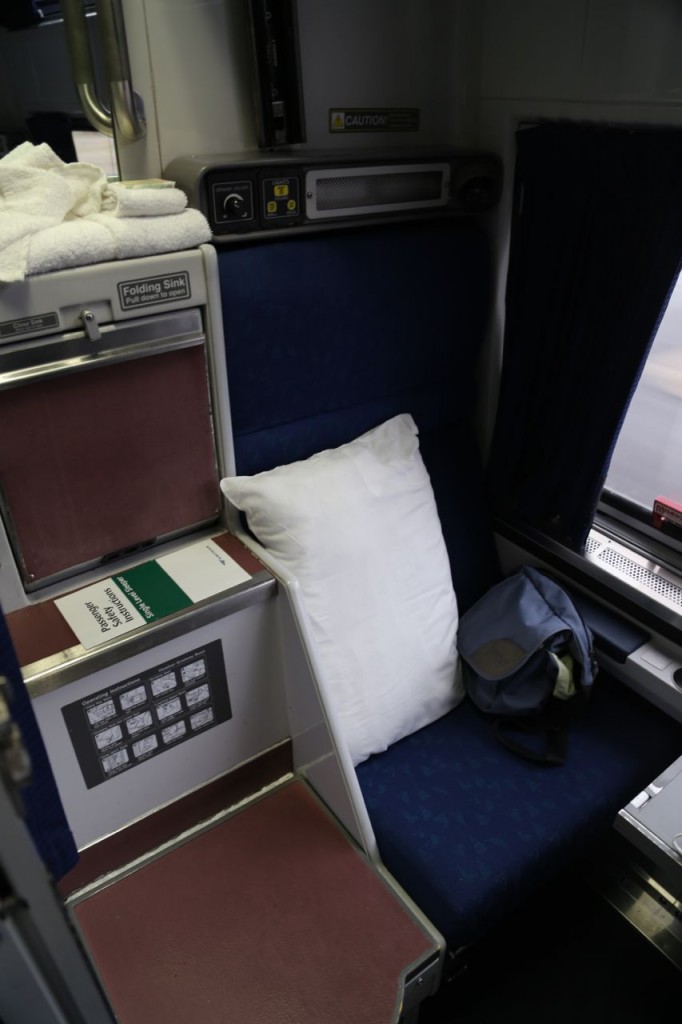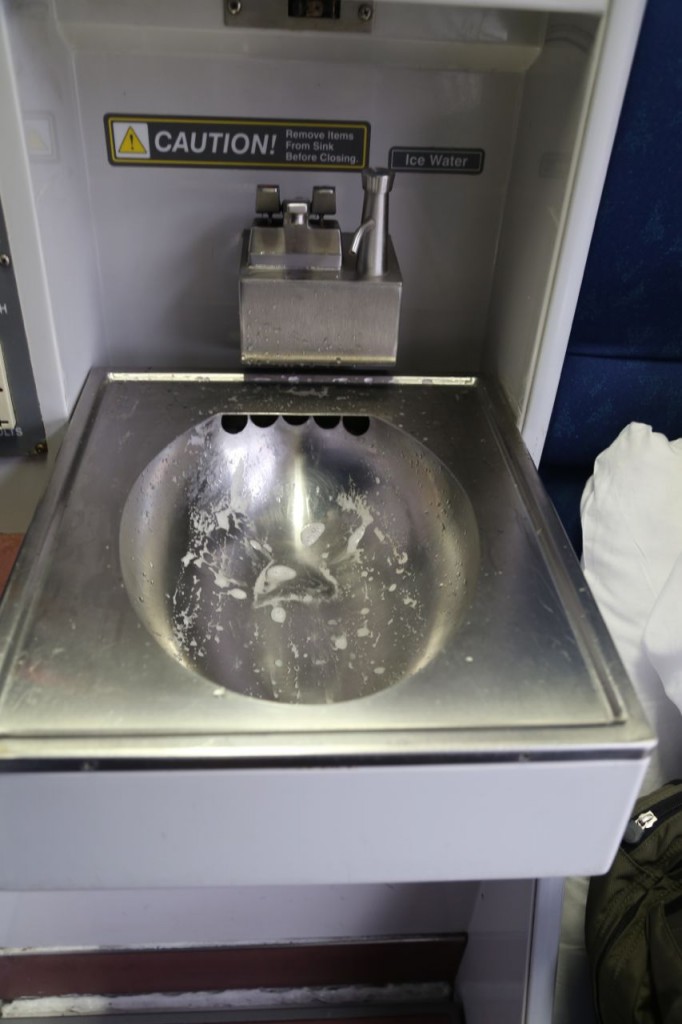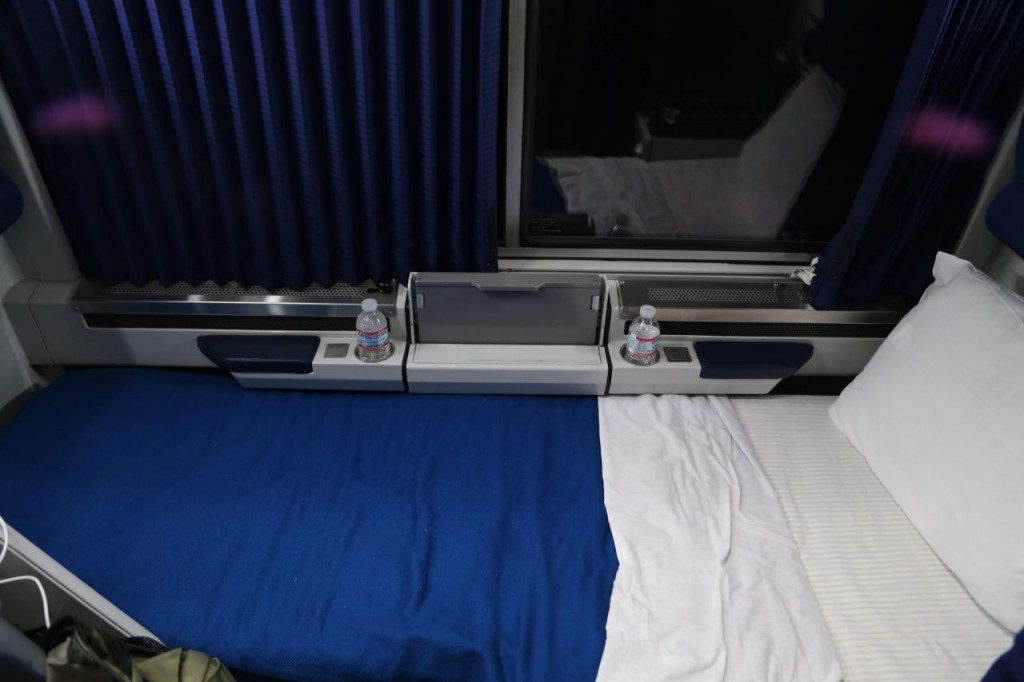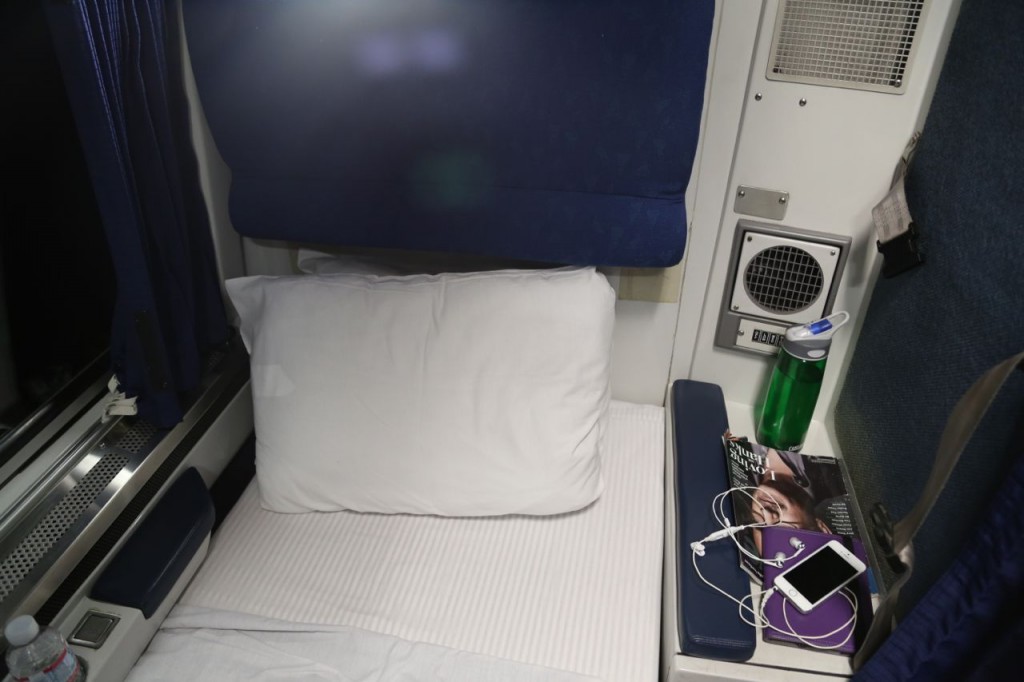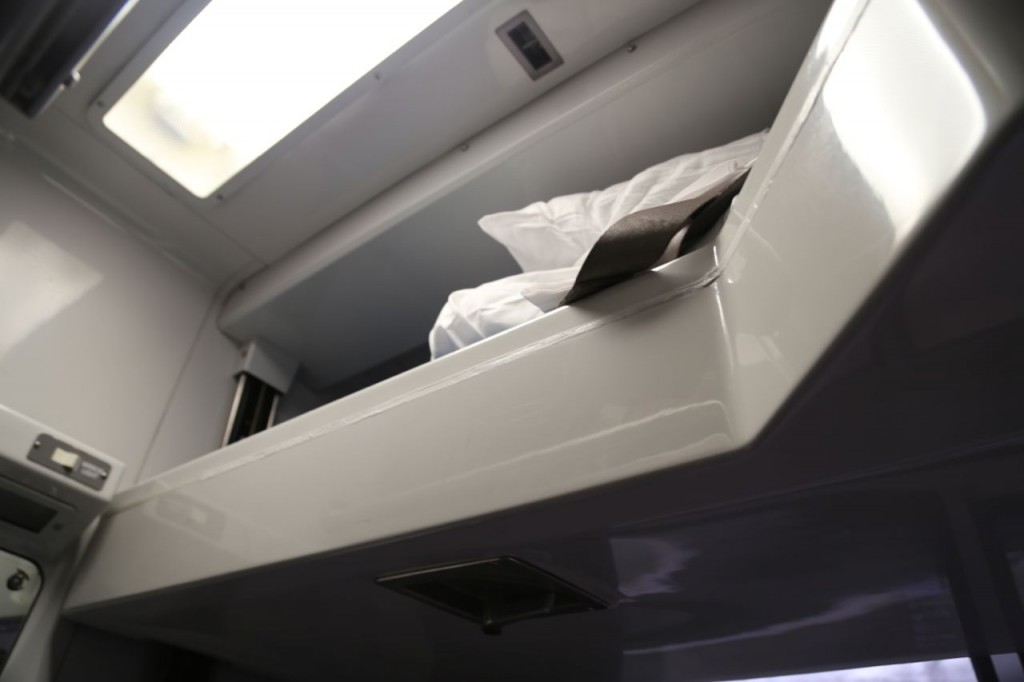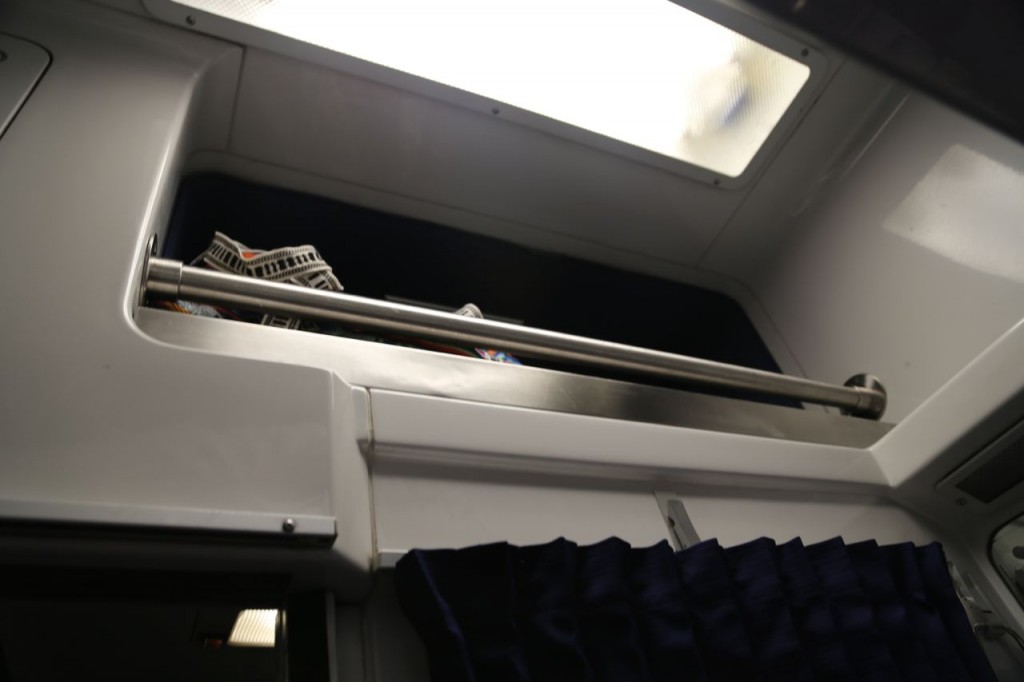Home Renovation Phase 3 has begun. Phase 3 will be the master bathroom and possibly a few other minor things. I will be replacing the front door during this phase, but I’m not sure other than that. The master bathroom and the old master closet that is next to it will be taken down to the studs and subfloor and then reconstructed to form one large bathroom. Also, during Phase 2, I created a 3 ft by 6 ft dead space behind the new master closet, and that dead space will now be opened up to be a new water closet as part of the new master bathroom.
Currently, I am still in demolition mode. I will be posting photos of the renovation as it progresses on the new Home Renovation Phase 3 page. Currently the page only has the before photos, but below are a few photos from demolition that demonstrate the state of the bathroom.
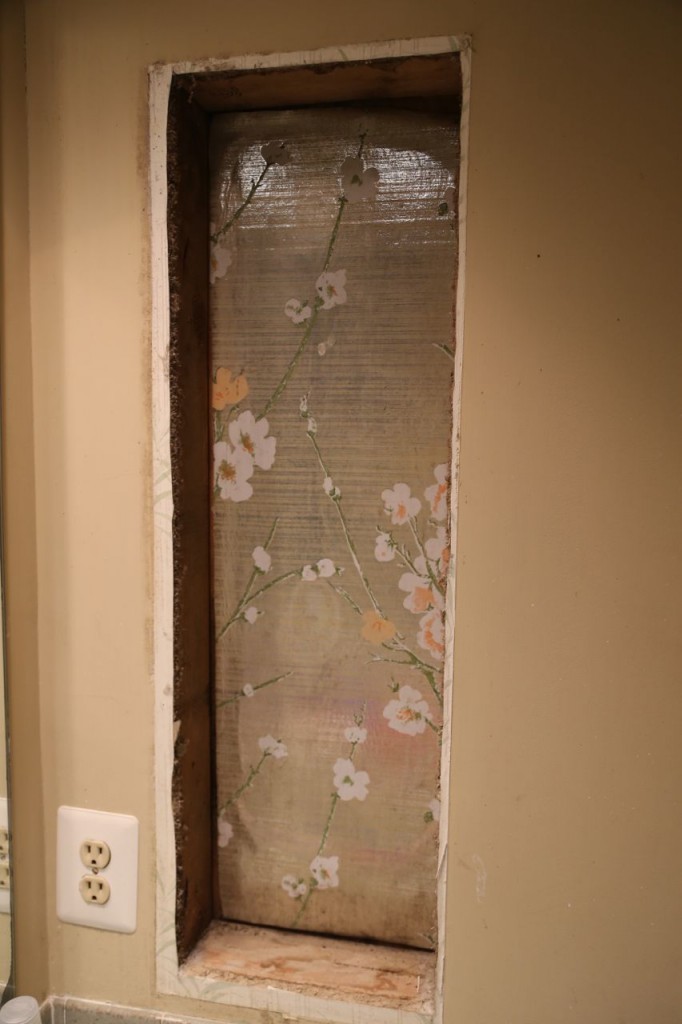
Once the medicine cabinet was removed, lovely, shiny, 1970’s floral wallpaper was revealed. Why it was behind the medicine cabinet, I have no idea.

